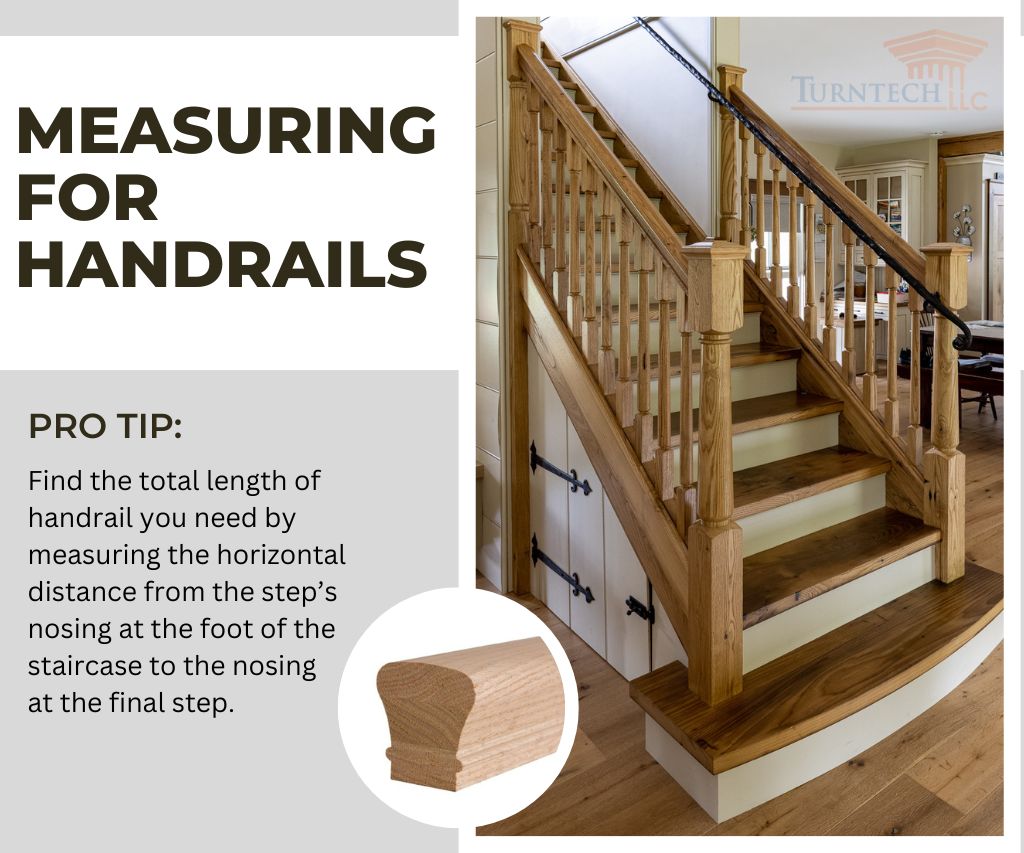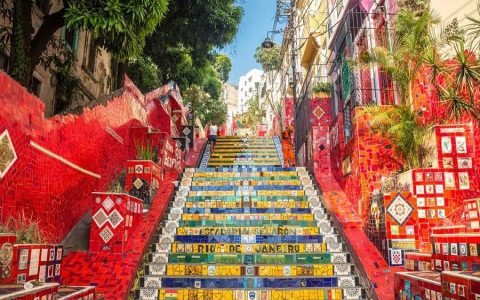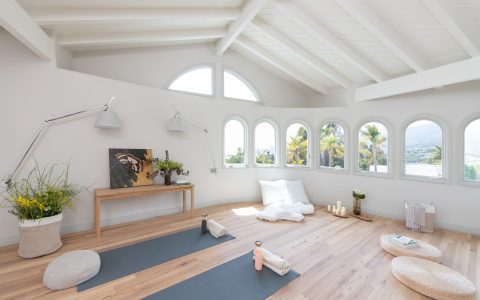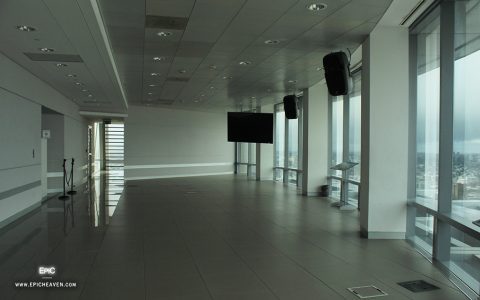When considering stair size for a "mad island," several factors are crucial to ensure safety, functionality, and aesthetic appeal. Here's a breakdown:
Key Considerations for Stair Dimensions
- Tread Depth: The tread is the horizontal part you step on. A minimum tread depth of 10 inches is generally recommended, but 11 inches or more is preferable for comfortable and safe ascent/descent.
- Riser Height: The riser is the vertical part between each tread. A riser height between 7 and 7.75 inches is typically ideal. Consistent riser heights are essential to prevent tripping.
- Stair Width: The width of the staircase should accommodate comfortable passage. A minimum width of 36 inches is often required by building codes, but wider stairs (42 inches or more) are more comfortable, especially for two people passing each other.
- Headroom: Ensure sufficient headroom throughout the staircase. A minimum of 6 feet 8 inches (80 inches) is generally required.
- Stair Angle: The angle of the staircase affects its usability. A stair angle between 30 and 35 degrees is considered optimal for comfortable climbing.
- Handrails: Handrails are essential for safety. They should be graspable and continuous along the length of the staircase. Building codes often specify handrail height and diameter requirements.
Specific to "Mad Island" Context
The term "mad island" might refer to a unique or unconventional design context. In such cases, consider the following:
- Space Constraints: If space is limited, consider spiral staircases or alternating tread stairs, which can save space but may be less comfortable for regular use.
- Design Aesthetics: Integrate the staircase design with the overall aesthetic of the "mad island." Consider using unique materials, shapes, or finishes to create a distinctive look.
- Building Codes: Ensure that the staircase design complies with all applicable building codes and regulations. Local authorities can provide specific requirements.
Always consult with a qualified architect or building professional to ensure that your staircase design is safe, functional, and meets all applicable codes.








